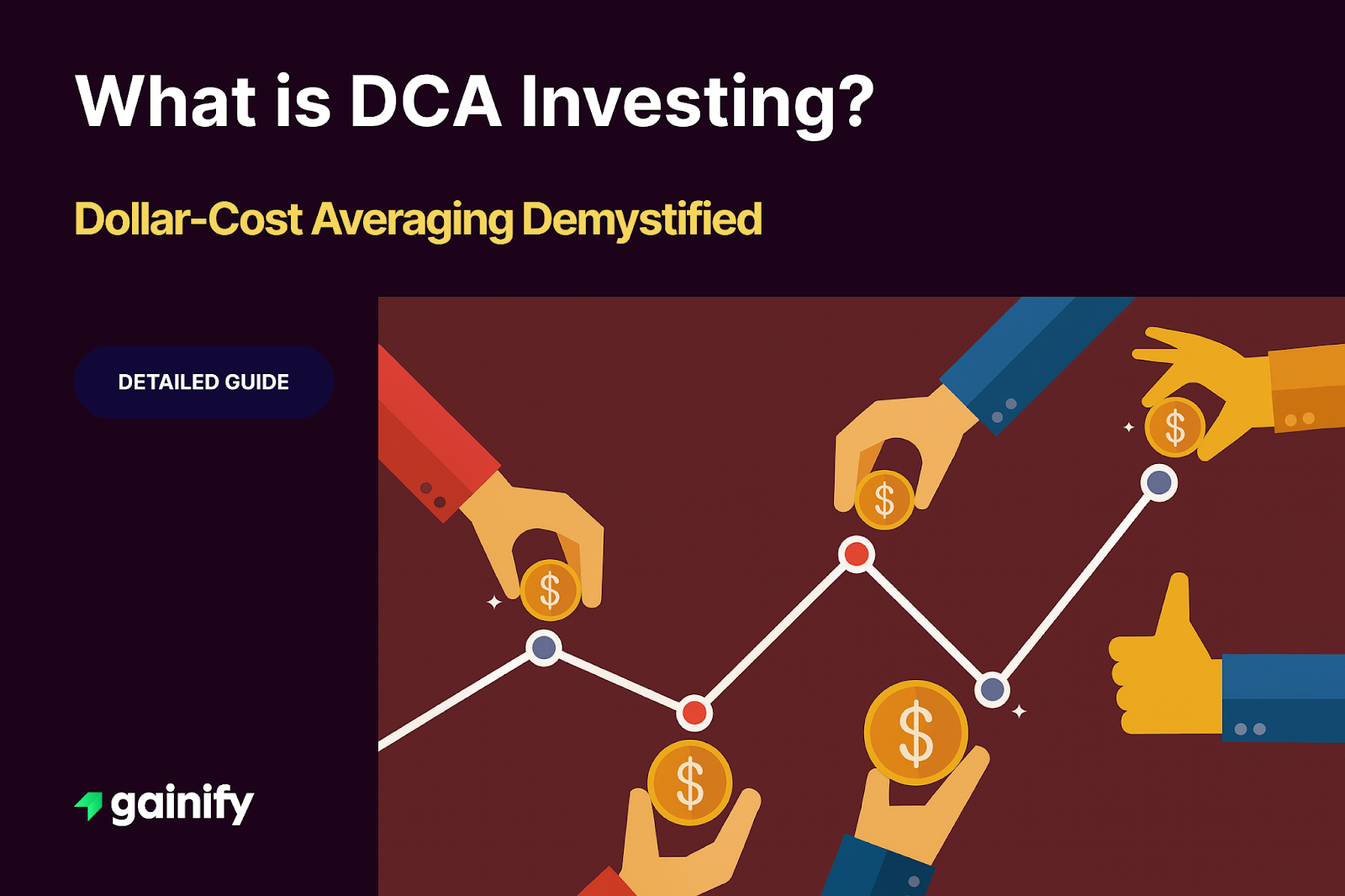Have you ever felt a knot in your stomach watching market fluctuations, or perhaps a nagging doubt that your investment portfolio isn’t quite right for you? This common experience highlights a fundamental truth in the world of financial markets: successful investing isn’t a one-size-fits-all endeavor. What brings one investor peace of mind might keep another awake at night.
The key to resolving this disconnect lies within a concept known as risk tolerance. It is your personal blueprint for navigating the inevitable ups and downs of investing. Far beyond predicting future market trends, understanding your investor’s risk preference is about achieving a profound self-awareness of what you are truly comfortable with losing, and why.
Imagine constructing an investment strategy that feels like a natural extension of your financial personality, allowing you to react calmly to both thriving bull markets and challenging bear market phases. When your investments genuinely align with your inner risk comfort level, you gain a powerful sense of control, transforming potential anxiety into confident investment decision–making.
As we delve into what is risk tolerance in investing, we will explore how this crucial element shapes your choices and safeguards your long-term financial wellbeing. Unlocking this vital insight empowers you to build a resilient and personalized diversified portfolio that not only seeks long-term gains but also brings you genuine peace of mind throughout your investing timeline.
What is Risk Tolerance in Investing? Your Personal Investment Compass
Risk tolerance in investing refers to the degree of market risk an investor is willing and able to take on in their investment portfolio. It is a crucial concept because it dictates the types of investment products that are suitable for you, influencing your asset allocation and ultimately your investment return. This isn’t a static concept; it is a dynamic interplay of various factors that shape your financial risk tolerance with potential losses. This is the foundation of any sound investment strategy.
Understanding your risk tolerance involves two primary components:
- Ability to Take Risk (Financial Capacity): This relates to your personal finances and situation. Can the investor’s ability to absorb a maximum Loss without it significantly impacting their lifestyle or investment goals? Factors here include your current income, existing savings, emergency savings (ideally held in liquid accounts like money market mutual funds), debt levels, job security, and your investment time horizon. A long-term investor saving for a retirement fund decades away, with stable income and a robust emergency savings account, generally has a higher ability to take risk.
- Willingness to Take Risk (Emotional Comfort): This is about your psychological comfort with market volatility and market swings. How would you react if your investment account dropped by 10%, 20%, or even 30% in a short period? Would you panic and sell, or would you remain calm and see a market drop as a temporary market downturn or even an opportunity? This element is heavily influenced by loss aversion, a concept explored by behavioral scientists.
Someone with a high risk tolerance is typically comfortable with significant market changes and potential short-term losses in pursuit of higher long-term gains. These aggressive risk investors might favor growth stocks (potentially within the stock market’s S&P 500 or Dow Jones Industrial Average), emerging market mutual funds, or even cryptocurrency, understanding the magnified investment risk. Conversely, a conservative investor or one with a low risk tolerance prioritizes capital preservation, preferring investment products with lower market risk, even if it means lower potential investment return. They might lean towards U.S. Treasury bonds, money market mutual funds, or certificates of deposit (CDs).
Your investor’s risk preference serves as a vital investment guide. It helps you avoid the common pitfall of investing in financial products that cause you undue stress or prompt impulsive, detrimental decisions during challenging market conditions. Knowing your risk comfort level allows you to build an investment plan that you can stick with through various economic backdrops.
Factors Influencing Your Risk Tolerance
Several key factors contribute to your individual risk tolerance:
- Investment Horizon: The longer your time horizon or investing timeline, the more time your diversified portfolio has to recover from market downturns. A long-term investor saving for a retirement fund or the cost of college typically has a higher capacity for risk than someone needing to access the money for a short-term savings goal in two years.
- Financial Goals: Are you saving for a house, a retirement fund, or a child’s education? The urgency and importance of these investment goals influence how much investment risk you can afford.
- Income Stability and Job Security: A steady, reliable income provides a greater buffer against investment risk.
- Emergency Fund: A fully funded emergency savings account (typically 3-6 months of living expenses in cash management) is crucial. Without it, you might be forced to sell investments at a loss during an unexpected expense, increasing your exposure to liquidity risk.
- Investment Knowledge and Experience: Greater understanding of financial markets and past positive experiences with market rebound can increase confidence and willingness to take on risk.
- Personality and Emotional Resilience: Some individuals are naturally more calm in the face of uncertainty, while others prefer more predictability. This is a core element of investor psychology, influencing your reaction to headlines and market changes.
- Age: Generally, younger investors have a longer investment time horizon and thus more time to recover from losses, allowing for higher risk tolerance. Older investors nearing a required minimum distribution might prioritize capital preservation to mitigate reinvestment risk.
- Other Risks: Be aware of inflationary risk (the risk your money loses purchasing power) and exchange rate risk (for international investments), both of which also factor into your overall investment decision.
A Different Perspective: Risk Tolerance as a Dynamic Element
While understanding one’s inherent risk profile is fundamental, some argue that it is not a static, unchangeable trait. Instead, they view investor’s risk preference as a more fluid concept, influenced by market conditions, individual circumstances, and even exposure to education. This perspective suggests that investors should not be rigidly confined by an initial assessment but can, and perhaps should, adapt their approach as they gain investment experience or as the economic backdrop shifts.
For instance, a bear market might cause an initial assessment of risk comfort level to feel too high, leading to panic. Conversely, a prolonged bull market might inflate an investor’s perceived risk tolerance, encouraging them to take on more investment risk than they are truly comfortable with. Behavioral economists often highlight how biases, such as the “recency bias” or “anchoring bias”, can skew an investor’s perception of risk based on recent market trends rather than a long-term investment plan. This often requires careful investment management.
This view suggests that rather than simply accepting a defined risk appetite, investors can actively work to increase their capacity or willingness to take risk. This might involve deepening their understanding of financial markets through continuous learning, building a stronger emergency savings to increase financial capacity, or even engaging with a financial professional or financial planner to develop coping strategies for market downturns. It emphasizes that a “comfortable” risk tolerance in one phase of life or market cycle might evolve, and true expertise involves recognizing this dynamism and adapting one’s asset allocation judiciously. It implies that while self-awareness is key, growth in investment experience can also expand one’s comfort zone, allowing for potentially greater long-term gains.
Your Investment Comfort Zone: Charting Your Course
Understanding what is risk tolerance in investing is not merely a formality; it is the cornerstone of building an investment plan that you can confidently adhere to through all market conditions. By aligning your asset allocation with your true risk comfort level, you transform investing from a source of anxiety into a powerful tool for achieving your long-term gains.
Key Takeaways:
- Self-Awareness First: Risk tolerance is your personal comfort level with market risk and potential losses.
- Dual Nature: It encompasses both your financial ability (capacity) and your emotional willingness.
- Guides Decisions: It is a vital investment guide that dictates your investment strategy, asset allocation, and choice of investment products.
- Dynamic, Not Static: Your risk appetite can evolve with age, investment experience, and changing economic backdrops or market changes.
- Stick to Your Plan: Knowing your investor’s risk preference helps you avoid emotional reactions during market swings and maintain a disciplined approach for long-term investors.
- Seek Professional Guidance: A financial professional or financial planner can provide invaluable investment management support and help you assess your financial needs and risk profile.
Remember, investing is a deeply personal journey. As financial advisors and seasoned investment professionals consistently emphasize, the most effective investment plan is the one you can stick with. Embrace this fundamental self-knowledge, understand your risk tolerance, and set a confident course towards your financial future.
Frequently Asked Questions about Risk Tolerance in Investing
Q: What is the definition of risk tolerance in investing?
A: Risk tolerance in investing is the level of market risk an investor is willing and able to take in their investment portfolio to achieve their investment goals. It defines how much potential maximum loss you are comfortable with.
Q: Why is it important to know my investor’s risk preference?
A: Knowing your investor’s risk preference is crucial because it helps you choose suitable investment products that align with your financial capacity and emotional comfort. This prevents impulsive decisions during market swings and helps you stick to your investment plan for long-term gains.
Q: How do financial advisors determine risk profile?
A: Financial advisors use risk tolerance quizzes, investor questionnaires, discussions about your personal finances (income, expenses, emergency fund, investment time horizon), and conversations about your reactions to hypothetical investment scenarios or market downturns to assess your financial risk tolerance.
Q: Can my risk tolerance change over time?
A: Yes, your risk comfort level can change. It often evolves with your age, financial situation, investment experience, life events, and prevailing market conditions (like prolonged bear markets or bull markets). Regularly reviewing it with a financial professional is part of a healthy personal financial planning.
Q: What is the difference between risk tolerance and risk capacity?
A: Risk tolerance is primarily about your psychological willingness to take risk, often influenced by loss aversion. Risk capacity is about your financial ability to absorb potential losses without jeopardizing your financial needs or investment goals. Both are essential components in determining your overall investment risk profile.
Q: Does a high risk appetite always mean high returns?
A: A high risk appetite allows you to invest in asset classes with higher potential for annualized return and long-term gains, but it does not guarantee them. Higher potential returns always come with higher investment risk, but you can also experience significant losses.
Q: Where can I find tools to assess my risk profile?
A: Many brokerage account platforms and financial advisors offer investing tools like risk tolerance quizes or investor questionnaires to help you assess your risk profile. These typically ask about your personal finances, reactions to market scenarios, and investment goals. Examples of providers for such tools include Schwab Intelligent Portfolios and Focused Up Financial, which also offer automated investing services. The U.S. Securities and Exchange Commission (SEC) also provides educational resources.




